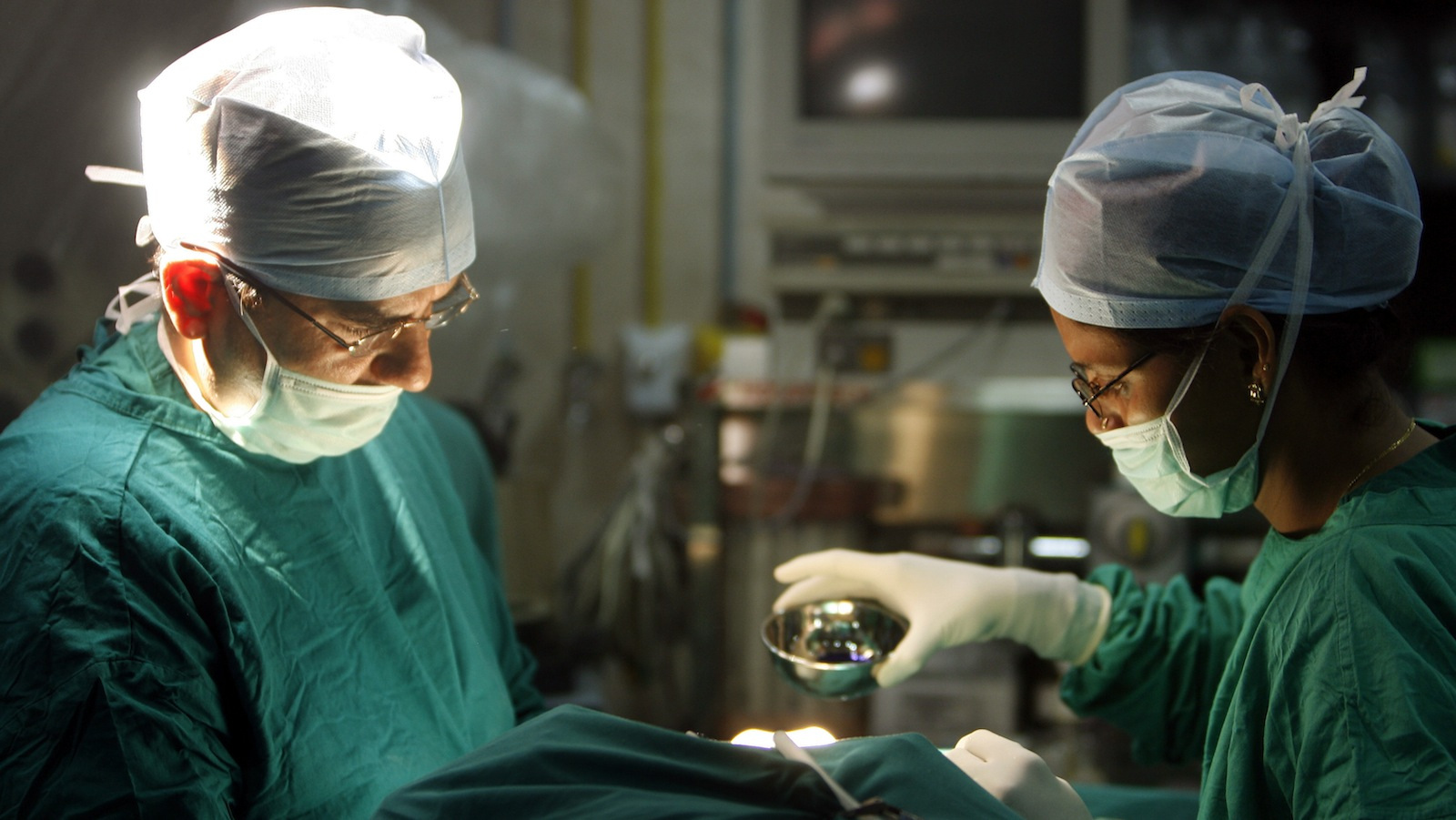It was during the beginning of the 1990s that the image of India began to change in the US and in the other English-speaking countries of the world. And no, it was not because of the fact that companies involved in Information Technology had just begun the trek to being world beaters, and as a consequence, Bangalore in particular was becoming known across continents. It was because of the fact that during that period, doctors of Indian origin began to be a familiar sight to citizens of the countries especially within the Anglosphere, but elsewhere as well.
Unlike other practitioners, doctors from India or of Indian origin did not make it a practice to switch off their telephones at a given time every evening, or during weekends. If an individual, even one who was being treated by the doctor in question, developed a problem, she or he needed to have that crop up during working hours on a weekday. That is, unless their doctor had roots in India, for in that case, the medical practitioner would usually be available, and would ensure the high standard of care that doctors from India were becoming known for.
In the folklore of such countries over several decades, India was a land of snake charmers or fakirs who climbed up a rope. Once Indian doctors came upon the scene, such an impression changed, so much so that officials at immigration counters in airports in the US began to say to visitors from our country, “Oh, from India. You must be a doctor.”
Small wonder that several international medical summits are now being held in India, an example being the 2023 World Association for Photobiomodulation Therapy (WALT) summit in September, which was held in Manipal, a university town on the west coast of India.
Doctors from across the world came to discuss how photobiomodulation or PBM could be mainstreamed across the spectrum of treatment options, and the view emerged that India could lead the way in such a revolution. PBM therapy involves the use of light modulated in such a way as to create health-giving changes within the human body. Rather than rely on the ingestion of chemicals to promote resistance against disease, the effort, the effect, is to use light in order to activate cells in the body so that they acquire the capability to overpower disease-causing conditions without the need to rely on the ingestion of chemicals to create the same result.
During 4-6 January, in the Valley View hotel in the campus of Manipal University, the American Association of Physicians of Indian Origin (AAPI) held the 17th annual Global Health Care Summit. A primary focus of the discussions was on the harnessing of Artificial Intelligence (AI) in order for better outcomes where patients afflicted with illness were concerned. There has been much discussion about AI, but it needs to be kept in mind that Artificial Intelligence is an add-on to human intelligence and not a substitute for it. The fear that AI machines will render human beings superfluous in the workplace is as misplaced as was the fear in the 1980s that computers would dry up the job pool and leave multitudes unemployed.
What AI can do is to improve lives, including opening the way to new methods of learning and the spread of vocational ability within the population. Putting its potential to use could potentially free up more time from the workplace, thereby ensuring a better quality of life for the individual. As for the need for a global focus, the speed with which the Covid-19 virus escaped from a laboratory in Wuhan to infect the world indicates the imperative of looking at healthcare from a global perspective.
The AAPI ranks among the most influential associations in the world, and its reach is phenomenal. Around three hundred thousand US citizens are connected to the association either as members or as their families. It would be difficult to name a senior policymaker in the US who does not have some doctor of Indian origin treating him or her, or had not treated him or her in the past. A large number of such physicians are members of the AAPI.
Dr Anjana Samadder, AAPI President, or President-elect Dr Satheesh Kathula, not to mention Summit Chairs, Dr Sampat Shivangi and Dr Udaya Shivangi, or Co-Chairs Dr Annapurna Bhat and Dr Subramanya Bhat, may be far away from their homes and practices in the US, but their cellphones never fall silent or unanswered. Patients and caregivers continue to consult them even while they are travelling. There are, after all, no fixed working hours or weekend breaks for Indian doctors if a medical crisis in which they can save a life crops up.
Have a care for the caregiver. Have a care for the way they put aside so much time in their own lives in order to save, and to make healthy, the lives of others. Have a thought for the way in which doctors from India have re-defined our country and people in a way that makes not just the citizens of the world’s most populous democracy, but the whole world, proud.

